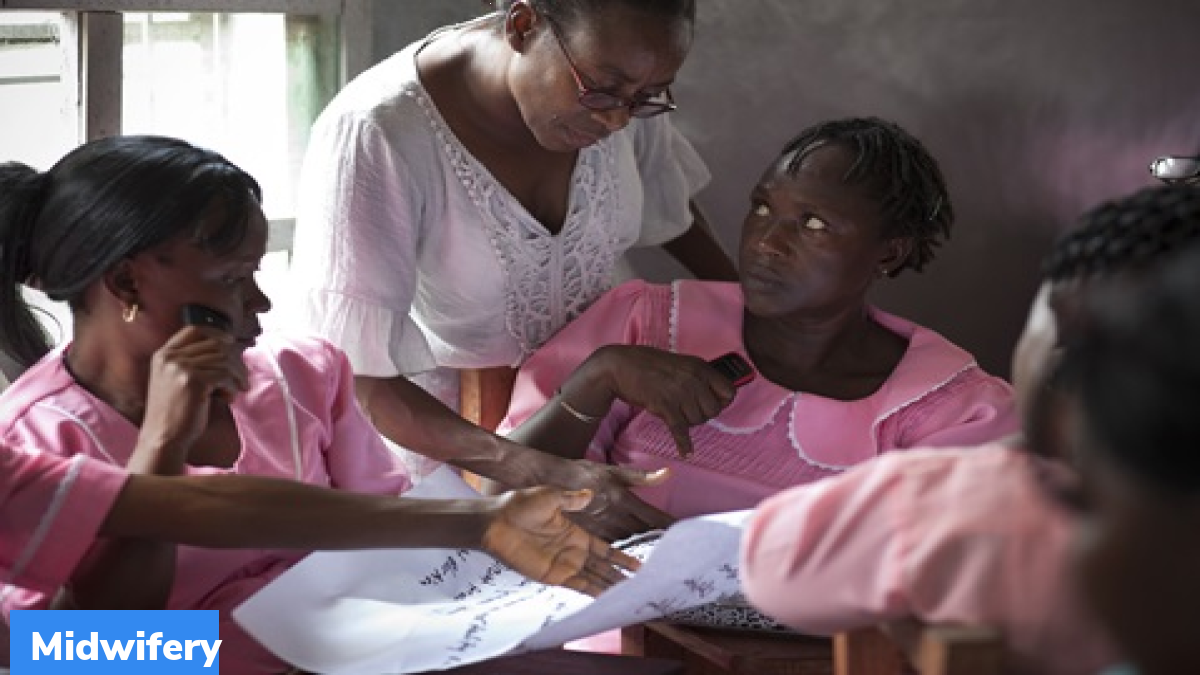The State of the World’s Midwifery 2022: East and Southern Africa
The United Nations Population Fund (UNFPA) and World Health Organization (WHO) released a report titled “The State of the World’s Midwifery 2022: East and Southern Africa”.
What are the key findings of the report?
- Around 1.2 million lives can be saved each year in East and Southern Africa by 2035 if there is universal coverage of midwife-delivered interventions.
- This achievement depends on midwives gaining access to better education and training as well as comprehensive and supportive workplace regulations.
- A strong midwifery workforce is vital for successfully achieving UNFPA strategies for improving sexual, reproductive, maternal, newborn, and adolescent health (SRMNAH).
- The report studied the status of midwifery in all 23 countries in the UNFPA East and Southern Africa (ESA) region.
- It found that the ESA region has made major progress over the last 20 years in improving the SRMNAH outcomes. However, the progress has been uneven, which resulted in inequality between and within the countries. The situation was exacerbated by the COVID-19 pandemic.
- Of the 23 countries in the region, 20 countries reported the headcount of midwives or nurse-midwives in their health workforce. Angola, South Sudan, and Namibia have not revealed the number of midwives in their jurisdictions.
- In the 20 reporting countries, there are over 1.46 lakh midwives. This means that there are 2.5 midwives per 10,000 individuals. This is less than the global average of 4.4 per 10,000.
- The report emphasized that increasing investment in midwives and midwifery can address the lacunae and challenges in the five main areas:
- Addressing the shortage of midwives and strengthening data systems
- Strengthening the quality of midwifery care through education, training and other such activities
- Promoting interdisciplinary collaboration in SRMNAH care
- Investing in midwife leaders and increasing the understanding of the importance of midwifery
- Strengthening the research agenda
- There are over 300,000 midwives in the region. Countries with the highest shortages of midwives are the Democratic Republic of Congo, Ethiopia, Mozambique, South Africa, Tanzania and Uganda.
- Midwife shortage is expected to worsen by 2030 in eight countries – Burundi, DRC, Eritrea, Madagascar, Malawi, Mozambique, mainland Tanzania and Zambia – if there is no additional investment to address this issue.
- While there is a strong policy environment for midwife education, implementation of the policy is challenging.
Month: Current Affairs - December, 2022
Category: International / World Current Affairs • Reports & Indexes Current Affairs


